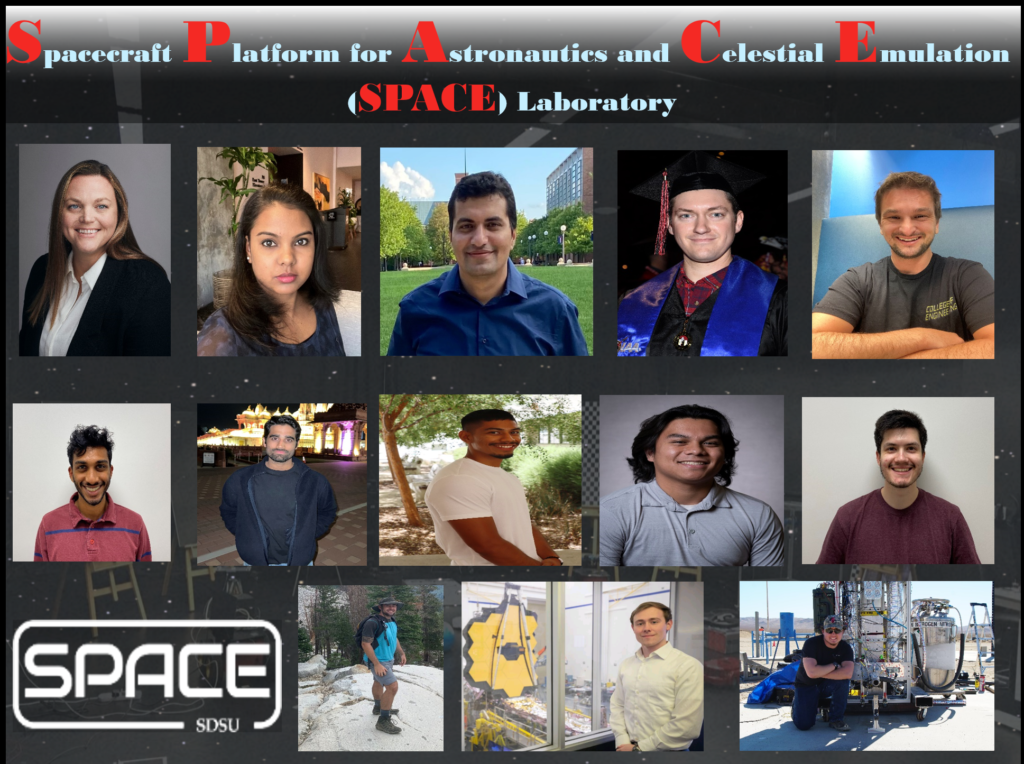

Ph.D. students
>> Fall 18 – Present: Ahmed Atallah, Applications of Orthogonal-Polynomial Approximations and Inverse-Optimal Control in Astrodynamics
>> Fall 19 – Present: Tim Johnsen, Adaptable Dynamic Neural Networks
>> Fall 18 – Present: Shruthi Nagabhushana, Robust Aerocapture Guidance Using Optimal Control Methods
>> Fall 18 – Spring 23: Sergio Sandoval, (thesis committee), Guidance and Optimization of Planetary Entry and Powered Descent
MS students
>> Fall 20 – Present: Shaan Heugly, Efficient and Optimal Techniques for Deep Space Orbital Transfer
>> Fall 20 – Present: Jennifer Good, Uncertainty Propagation of Perturbed Orbits Using High-Order State Transition Tensors and Chebyshev-Picard Method
>> Fall 20 – Present: Anjali Kurmoli, Object Avoidance Solutions based on Deep Learning Feature Detection Methods
>> Fall 23 – Present: Edward Kim, Cislunar Navigation Accuracy Using Optical Observations of Natural and Artificial Targets
>> Fall 23 – Present: Jason Ruiz, Satellite Attitude Testbed
>> Fall 23 – Present: Jeramy Miller, Optimizing Drone Navigation through Q-Learning-Based Potential-Force Algorithm
>> Fall 22 – Spring 24: Kyl Stanfield, Advanced Pose Developments for Aerospace Applications in Estimation, Modeling, and Control
>> Fall 22 – Fall 23: Jared Frank, Autonomous and Resilient Orbit Estimation Technique Using Lunar Reflectors
>> Fall 19 – Spring 22: Adrian Juarez, MCPI-based Model Predictive Control: Applied to Astrodynamics
>> Fall 19 – Fall 23: Michael Stromecki, Satellite Attitude Platform
>> Fall 19 – Fall 22: Giaky Nguyen, Lunar finite element gravity model
>> Fall 19 – Spring 21: Edward Smythe, LSTM Satellite Predictions and Visualization Earth Orbits
>> Spring 18 – Fall 19: Jorge Bañuelos, Position and Attitude Determination Using Deep Learning Object Detection Algorithms for Autonomous Aerial Refueling
>> Fall 18 – Spring 20: Arnold Cruz, Constrained Attitude Control
Undergraduate students
Fall 18 – Spring 20 Cameron Bailey, undergraduate student, Satellite Attitude Simulator, US DOD UAS project
Fall 20 – Spring 20 Zachariah Fischer, undergraduate student, US DOD UAS project
Fall 20 – Spring 20 Kyle Netter, undergraduate student, US DOD UAS project
Fall 20 – Fall 20 April Thongrivong, undergraduate student, ANSWER, US DOD UAS project
Fall 20 – Spring 20 Brooke Tyler, undergraduate student, ANSWER, US DOD UAS project
Fall 18 – Fall 20 Cade Wilton, undergraduate student, Satellite Attitude Simulator
Spring 18 – Spring 20 John Andrew, undergraduate student, Satellite Attitude Simulator, US DOD UAS project
Fall 19 – Spring 20 John Wiggins, undergraduate student, swarm robots, US DOD UAS project
Fall 19 – Spring 20 Christopher Johnson, undergraduate student, swarm robots
Fall 19 – Fall 20 Sanam Nagvekar, undergraduate student, swarm robots
NEWS
- Jorge Banuelos defended his thesis on December 5th. The thesis title is “Position and Attitude Determination Using Deep Learning Object Detection Algorithms for Autonomous Aerial Refueling.“
- Ahmed Atallah, a Ph.D. aerospace engineering student in the Joint Doctoral Program, has won the John V. Breakwell Student Travel Award from the American Astronautical Society (AAS) Space Flight Mechanics Committee. The award of $1,000 was in support of his travel to present his paper “ Analytical Radial Adaptive Method for Spherical Harmonics Gravity Models,” at the 29th AAS/AIAA Space Flight Mechanics Meeting, Ka’anapali, HI. This paper is co-authored with Atallah’s advisor prof. Ahmad Bani Younes and in conjunction with Dr. Robyn Woollands (NASA Jet Propulsion Laboratory) and prof. John Junkins (Texas A&M University). Atallah’s work has addressed the computational burden associated with high precision propagation for satellites orbiting a large body with a highly nonlinear gravity field (planets, moons, asteroids). An analytical adaptive method is introduced which adapts the spherical harmonic degree radially maintaining a specific accuracy solution for a satellite in elliptical orbits. The resulting algorithms “automatically know” about the rapid radial decay of the high-frequency terms in the gravity model to retain, as a function (mainly) of radial distance from geocenter. Addressing this issue enabled a much improved efficiency in high fidelity orbit propagations.




